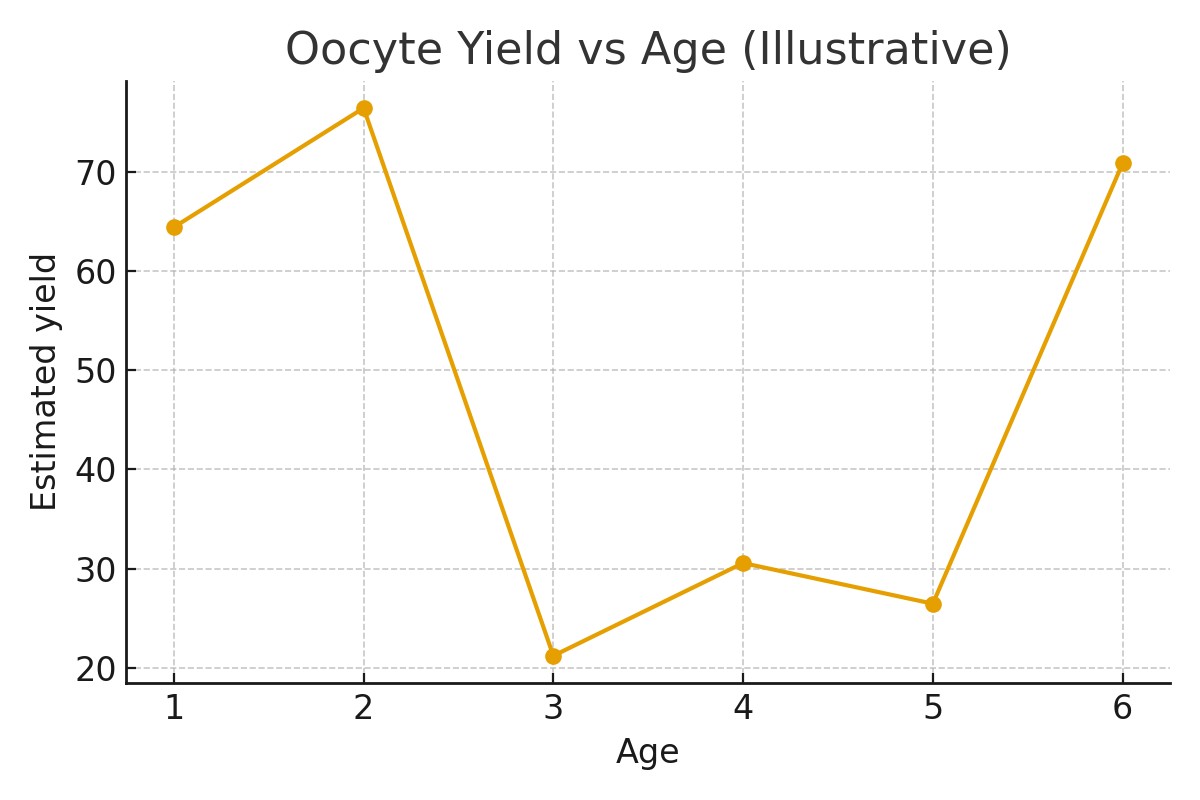
When facing a new cancer diagnosis, fertility is often the last thing on your mind—until you realize that treatments like chemotherapy or radiation can affect your future ability to have children. That’s where oncofertility steps in. It combines oncology (cancer care) and reproductive medicine to protect your fertility options.
One of the most practical approaches in this pathway is random-start and time-sensitive plans for egg or embryo freezing. Unlike traditional fertility treatments that wait for a menstrual cycle to begin, random-start protocols allow fertility preservation to begin immediately—critical when every day counts before starting cancer treatment.
This article explains what random-start and time-sensitive plans mean, who benefits, step-by-step expectations, costs, and how to avoid common mistakes.
What It Is
A random-start protocol lets ovarian stimulation and egg retrieval begin at any point in the menstrual cycle, instead of waiting for the “ideal” early follicular phase. This shortens the time from consult to retrieval by days or even weeks.
Time-sensitive plans are designed for patients who cannot delay chemotherapy, radiation, or surgery. They include coordinated calendars, expedited lab work, and pharmacy logistics to ensure fertility preservation is completed without disrupting cancer treatment schedules.
Who It Helps
Random-start and time-sensitive oncofertility plans are especially valuable for:
- Women and men newly diagnosed with cancer who are advised to start treatment immediately.
- Patients with aggressive cancers where treatment cannot wait for a cycle day.
- Younger patients where fertility preservation may mean decades of future family-building opportunities.
- Patients in NYC or traveling internationally who need tightly coordinated schedules to align with treatment.
However, these plans may not fit everyone. For example, patients with severely diminished ovarian reserve or advanced age may require different approaches. A fertility specialist uses labs, imaging, and medical history to guide whether a random-start cycle is the right choice.
Step-by-Step Process
- Initial consult (often virtual within 24–48 hours).
- Baseline labs and imaging ordered immediately.
- Medication start — ovarian stimulation can begin any day.
- Monitoring with bloodwork and ultrasound every 2–3 days.
- Trigger injection to mature eggs.
- Egg retrieval (under light sedation, usually 10–12 days after stimulation begins).
- Freezing — eggs or embryos are cryopreserved for future use.
- Return to oncology team with minimal delay.
Pros & Cons
Benefits:
- No waiting for menstrual cycle start.
- Preserves future family options.
- Fits within urgent cancer treatment timelines.
- Emotional reassurance during a difficult time.
Trade-offs:
- May yield fewer eggs compared to traditional cycles.
- Higher medication use can slightly increase costs.
- Requires close coordination with oncology to avoid treatment delays.
Costs & Logistics
Oncofertility preservation can feel financially overwhelming. Typical line items include:
- Ovarian stimulation medications.
- Monitoring visits and labs.
- Egg retrieval procedure.
- Cryopreservation and storage.
Insurance may cover part of the process if linked to a cancer diagnosis, but prior authorizations are often needed. Patients in NYC may access fixed-cost packages (see here) for predictable pricing. Cash-flow planning and transparent itemization prevent surprise bills.
What Improves Outcomes
- Choosing an experienced clinic with strong lab quality indicators.
- Aligning with oncology timelines so cancer therapy is not delayed.
- Male-factor counseling and supplements when creating embryos.
- Checklists for medications and legal consent to prevent last-minute stress.
- Realistic expectations — not every cycle leads to dozens of eggs, but even a few can make future parenthood possible.
Case Study
A 29-year-old woman diagnosed with breast cancer had just two weeks before chemotherapy. With a random-start protocol, stimulation began the same day labs were drawn. Within 11 days, she had 14 eggs retrieved and frozen. She started chemotherapy on time, without delays.
Mistakes to Avoid
- Waiting too long to schedule a fertility consult.
- Assuming insurance will automatically cover costs.
- Overlooking storage fees for frozen eggs/embryos.
- Traveling internationally during time-sensitive steps without careful coordination.
- Failing to clarify cycle cancellation criteria with your clinic.
FAQs
Q. How fast can random-start oncofertility cycles begin?
Ans : Often within 24–48 hours of your initial consult. No need to wait for a new menstrual cycle.
Q. Does random-start affect egg quality?
Ans : Current evidence shows outcomes are comparable to traditional protocols, though egg numbers may vary.
Q. Will my cancer treatment be delayed?
Ans : Time-sensitive plans are built to prevent delays. Most cycles complete within 10–14 days.
Q. How much does oncofertility preservation cost in NYC?
Ans : Packages vary, but $8,000–$15,000 is typical, plus medications and storage fees. Some insurance or grants may help.
Q. Can men also benefit from time-sensitive fertility preservation?
Ans : Yes. Sperm banking is fast, often completed in a single visit, and should be considered before cancer therapy.
Related Links
- Egg Freezing Preservation
- Intended Parents
- Become a Surrogate
- Fixed‑Cost Packages
- Upload Labs
- Locations (NYC)
- SART
- CDC ART
- ASRM

Dr. Kulsoom Baloch
Dr. Kulsoom Baloch is a dedicated donor coordinator at Egg Donors, leveraging her extensive background in medicine and public health. She holds an MBBS from Ziauddin University, Pakistan, and an MPH from Hofstra University, New York. With three years of clinical experience at prominent hospitals in Karachi, Pakistan, Dr. Baloch has honed her skills in patient care and medical research.




